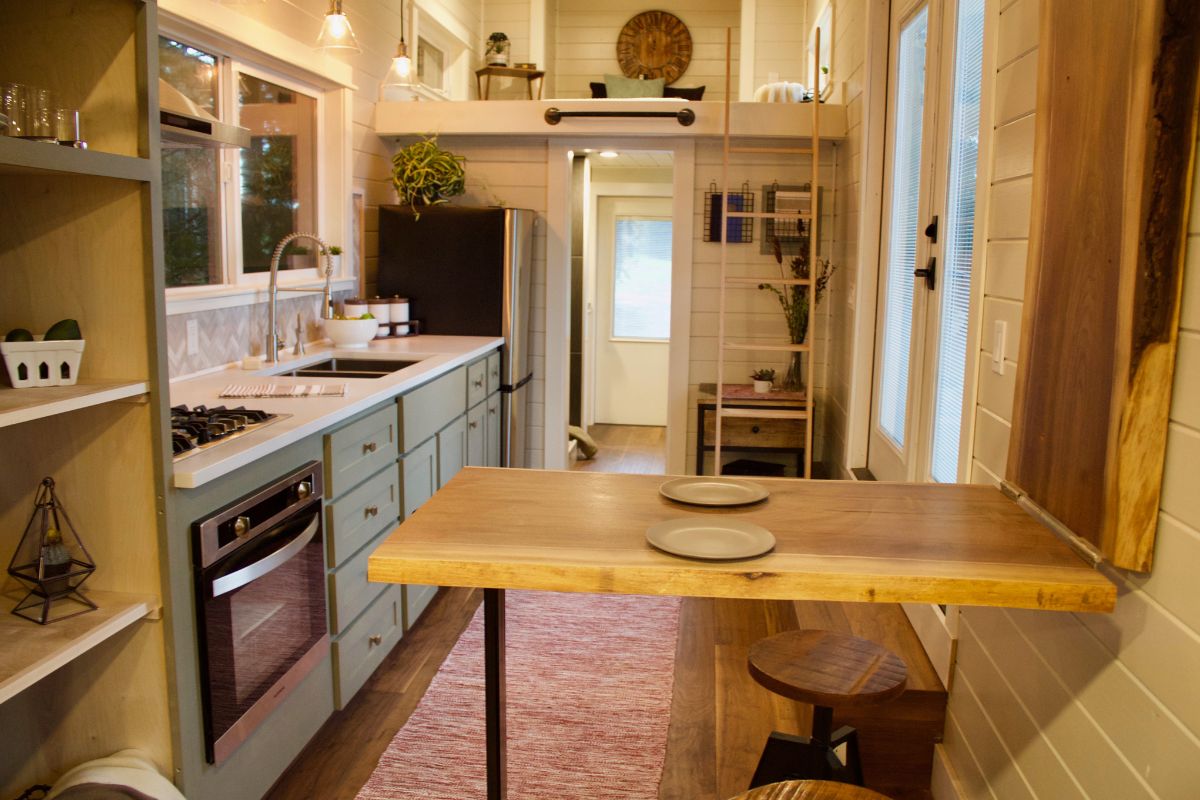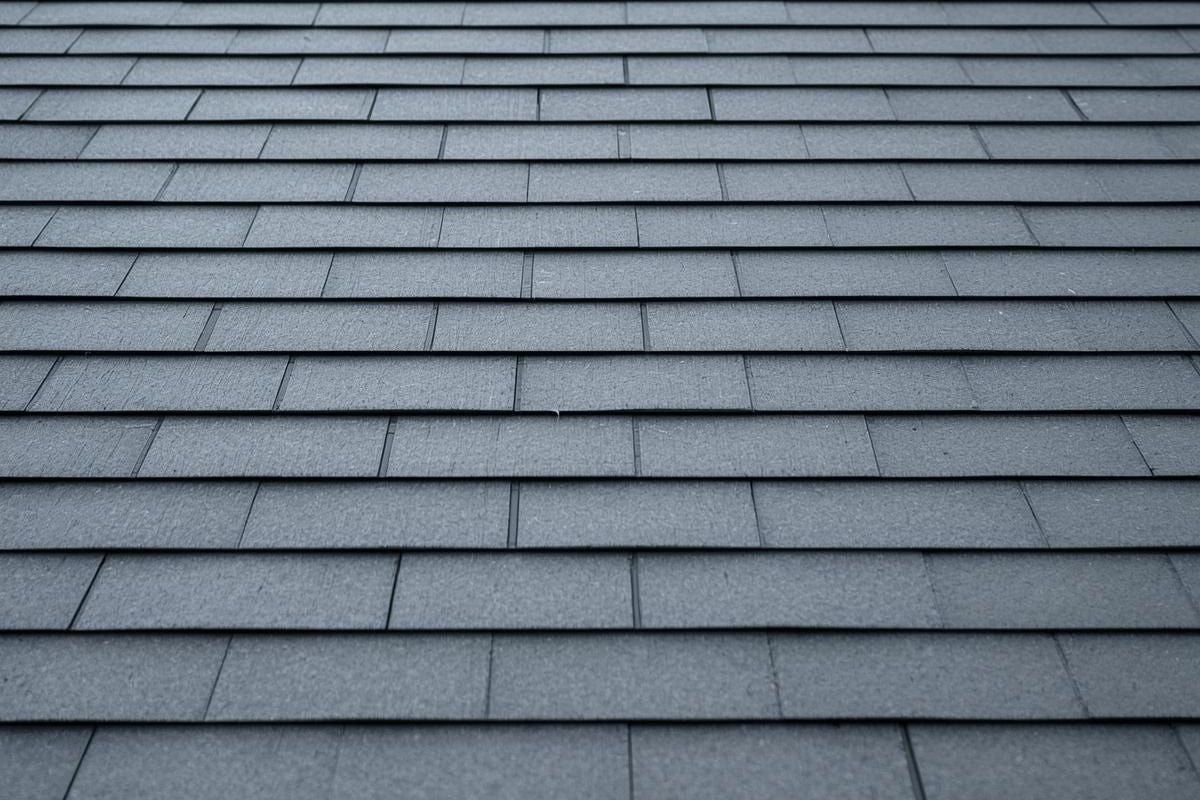As of 2024, the tiny home market in the U.S. is valued at approximately $2 billion, with projections indicating it could surpass $5 billion by the end of the year. This growth is fueled by several factors, including affordability, with tiny homes costing 87% less than traditional homes, and the trend towards minimalism and environmental consciousness.
Recent statistics highlight the importance of efficient use of space in tiny homes, with 58% of residents prioritizing kitchen space, and 42% valuing outdoor spaces.
Multifunctional furniture and space-saving designs, such as underfloor storage and fold-down beds, have become the cornerstone of maximizing limited square footage.
About 48% of tiny home enthusiasts prefer a permanent foundation, reflecting a trend towards stability while maintaining the flexibility that tiny homes offer.
Design Is Key: Unlocking The Full Potential Of Tiny Homes
The design of a tiny home is of the utmost importance for creating a space that is not only functional but also comfortable and aesthetically pleasing.
In a world where every square inch matters, strategic design choices can transform a cramped area into a spacious and inviting home.
We’ll explore some key aspects of tiny home design, focusing on finding tips online, optimizing storage, and incorporating flexible furniture.
Finding Design Tips Online
The internet is a treasure trove of resources when it comes to space-saving design ideas. One particularly helpful guide can be found at Nashville MLS, which offers practical advice on maximizing small spaces, much of which is applicable to tiny homes.
From utilizing multi-functional furniture to cleverly organizing storage, this guide provides actionable tips that can help you design a tiny home that feels larger than it is.
Incorporating built-in storage solutions and foldable furniture can dramatically increase the functionality of your space without compromising on style.
On top of that, staying updated with the latest design trends can give you fresh ideas. Websites like Wood & Locks focus on emerging trends like biophilic design, which integrates natural elements into your home to create a calming and expansive atmosphere.
Such resources are invaluable for anyone looking to create a tiny home that is both trendy and highly efficient.
Optimizing Storage
Storage is a critical challenge in tiny homes, but with the right design strategies, you can make the most of even the smallest nooks and crannies.
Innovative storage solutions, such as modular walls with built-in shelving, under-stair drawers, and hidden compartments, can help you keep your living space organized and clutter-free.
For example, using the space under your stairs for storage or incorporating a modular wall system allows you to store items out of sight while keeping them easily accessible.

Another popular storage option is to use multi-functional furniture, such as beds with built-in storage or folding dining tables with shelves. These pieces are designed to provide maximum utility without taking up additional space, making them ideal for tiny homes.
With these solutions into your design, you can ensure that every inch of your home is used effectively.

Incorporating Flexible Furniture
Flexibility is key in a tiny home, where rooms often need to serve multiple purposes. Incorporating furniture that can adapt to different needs is paramount.
A sofa that converts into a bed or a coffee table that doubles as a dining area can significantly enhance the usability of your space. Consider installing sliding doors or movable partitions to create flexible spaces that can be opened up or closed off as needed.
Compact furniture, such as folding chairs or stackable stools, can be easily stored away when not in use, freeing up valuable floor space.
The Importance Of Making Your Space Feel Spacious
Living in a small space, whether it's a tiny home, an apartment, or even just a small room, can often feel restrictive.
However, with the right design strategies, you can create an environment that feels open, airy, and far more spacious than its actual square footage. Let’s go over how to enhance the sense of space in your small living area.
Maximize Natural Light
Natural light is one of the most effective tools for making a small space feel larger. The more light you can bring into a room, the more open and inviting it will feel.
To maximize natural light, consider using sheer curtains or blinds instead of heavy drapes that block out sunlight. If privacy is a concern, opt for light-filtering shades that still allow natural light to enter.
Positioning mirrors opposite windows is another great strategy, as they reflect light throughout the room, amplifying the sense of space.
Use Light And Neutral Colors
Color choice plays a significant role in how spacious a room feels. Light, neutral colors, such as whites, soft grays, and pale blues, help to make a room feel open and airy.
These colors reflect more light than darker tones, which can make the walls appear to recede, creating the illusion of a larger space. For a cohesive look, consider using a monochromatic color scheme where walls, furniture, and flooring are all in the same color family. This creates a seamless flow that visually expands the room.
Incorporate Reflective And Transparent Materials
Using materials that reflect light or are transparent can further enhance the sense of space in a small room.
Glass or acrylic furniture, for example, visually disappears, reducing visual clutter and making the room feel less crowded. Reflective surfaces, such as mirrored walls or glass tabletops, bounce light around the room, adding depth and dimension.
These elements work together to create a more open and spacious environment, even in the smallest of spaces.
Wrapping Up
Creating a tiny home that feels spacious and functional is not just about clever design but also about embracing a lifestyle that prioritizes quality over quantity.
Incorporating outdoor living spaces, even small patios or balconies, can further enhance the sense of openness and connection to nature.
investing in smart home technology can optimize the functionality of your tiny home, allowing you to control lighting, temperature, and even furniture arrangements with ease.
By combining these strategies, you can turn your tiny home into a sanctuary that feels much larger than its footprint.






Share: